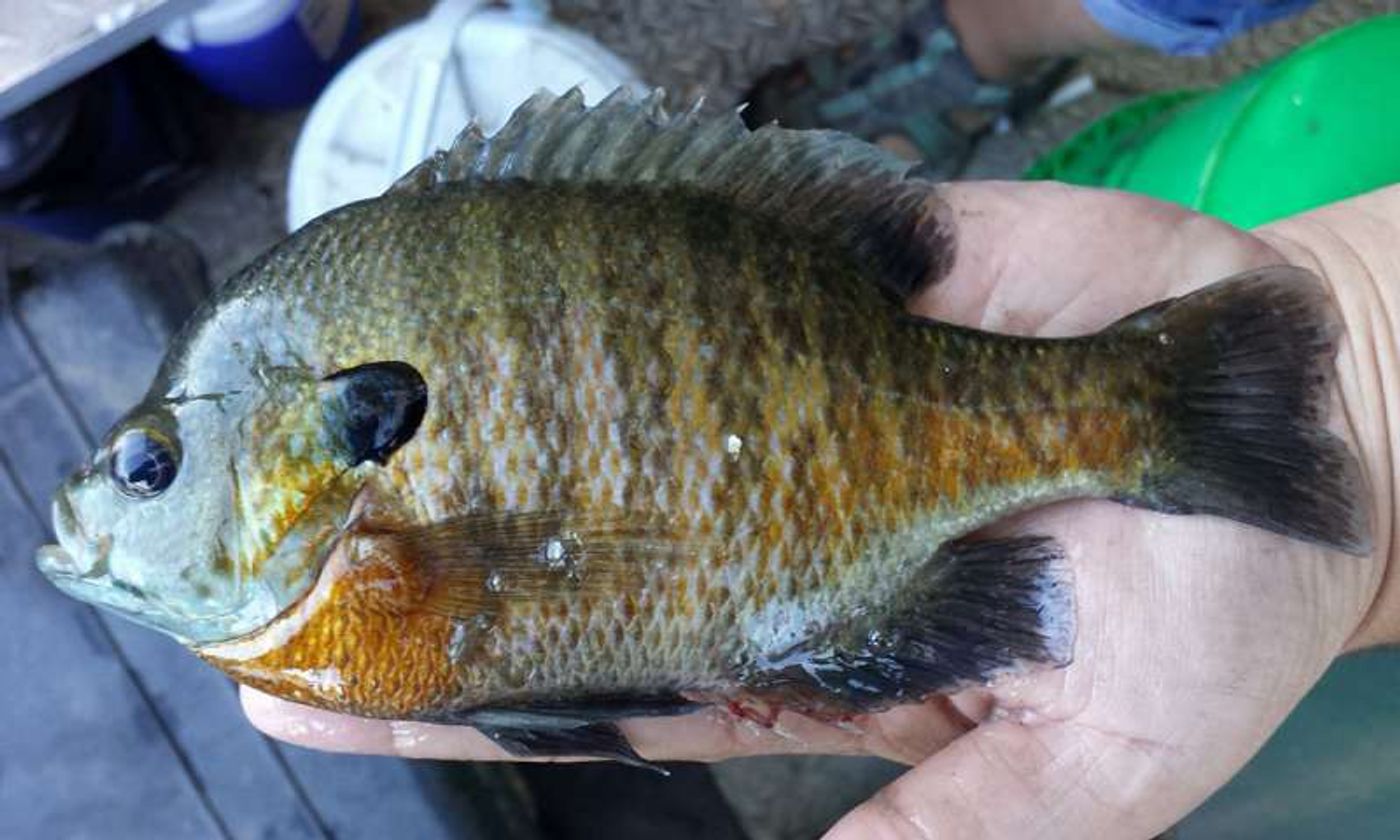Social Fish At a Higher Risk of Being Caught by Anglers, Study Finds
Many people go fishing in their spare time, whether it’s for dinner or for sport. But have you ever stopped to think about why some fish take the bait and others don’t?
Curious researchers from the University of Illinois at Urbana-Champaign were asking this very same question, and upon conducting fishing experiments of their own, they observed an interesting pattern in the fish they had caught.
Image Credit: Jason DeBoer, Illinois Natural History Survey
Their findings, published in the journal Animal Behaviour this week, suggests that socially-inclined fish are more likely to be caught by anglers than the anti-social variety.
"There's a reason everyone's first fish is bluegill. They are social fish, forming big groups around structures close to shore. It seemed like their social behavior and their aggression would be super important in terms of angling vulnerability," study lead author Michael Louison explained.
Related: There could be more bioluminescent fish in the ocean than initially thought
The five-day experiment involved fishing out of a man-made pound that had been filled with bluegills from a local hatchery. Each fish received a tag with a number on it so that the researchers could identify which ones they were catching more consistently than others. The researchers took note of these numbers and wrote them down accordingly with each catch.
Upon completing the five-day experiment and collecting adequate data, the researchers drained the pond and brought all the fish into the lab. There, they separated the fish into test groups in which half were caught and the other half had never been caught.
Upon separating the two, the researchers then created a divided fish tank. They then placed a single fish on one side and then put six random bluegills from the test groups on the other. Throughout this testing, some fish hung out closer to the glass divider than others, indicating that they weren’t afraid of being social with the lone fish; others stayed far away.
"We were looking at how much time this fish spent hanging out right next to the divider trying to associate with the fish on the other side," Louison said. "You'd expect a social fish to be hanging out close to the glass a lot, whereas you'd expect a non-social fish to be further back."
Related: Transgender fish allegedly the result of flushed contraceptives and other chemicals
The lab testing revealed which fish were more social, and as it turned out, the numeric tags on these ‘social’ fish aligned with the numbers the researchers jotted down during their five-day fishing experiment. Notably, the researchers conducted this same test twice with the same fish and achieved consistent results. A coincidence? We think not!
The researchers go on to explain that excessive fishing may decrease the number of social bluegills in the wild, leaving a larger population of anti-social fish. This revelation underscores potential impacts to their social structure, reducing how many fish communicate with others, spot predators, and find prey, among other things.
"The next step, which is more difficult to do, is to actually go out into wild populations and evaluate whether we see differences in behavior in fish in heavily fished lakes versus lakes back in the woods where only one person might fish," Louison added.
The results are certainly intriguing, but as the study points out, we don’t fully understand how our fishing activities impact wild fish populations and their social structures. That is something that additional research hopes to answer in the future.
Source: Phys.org









